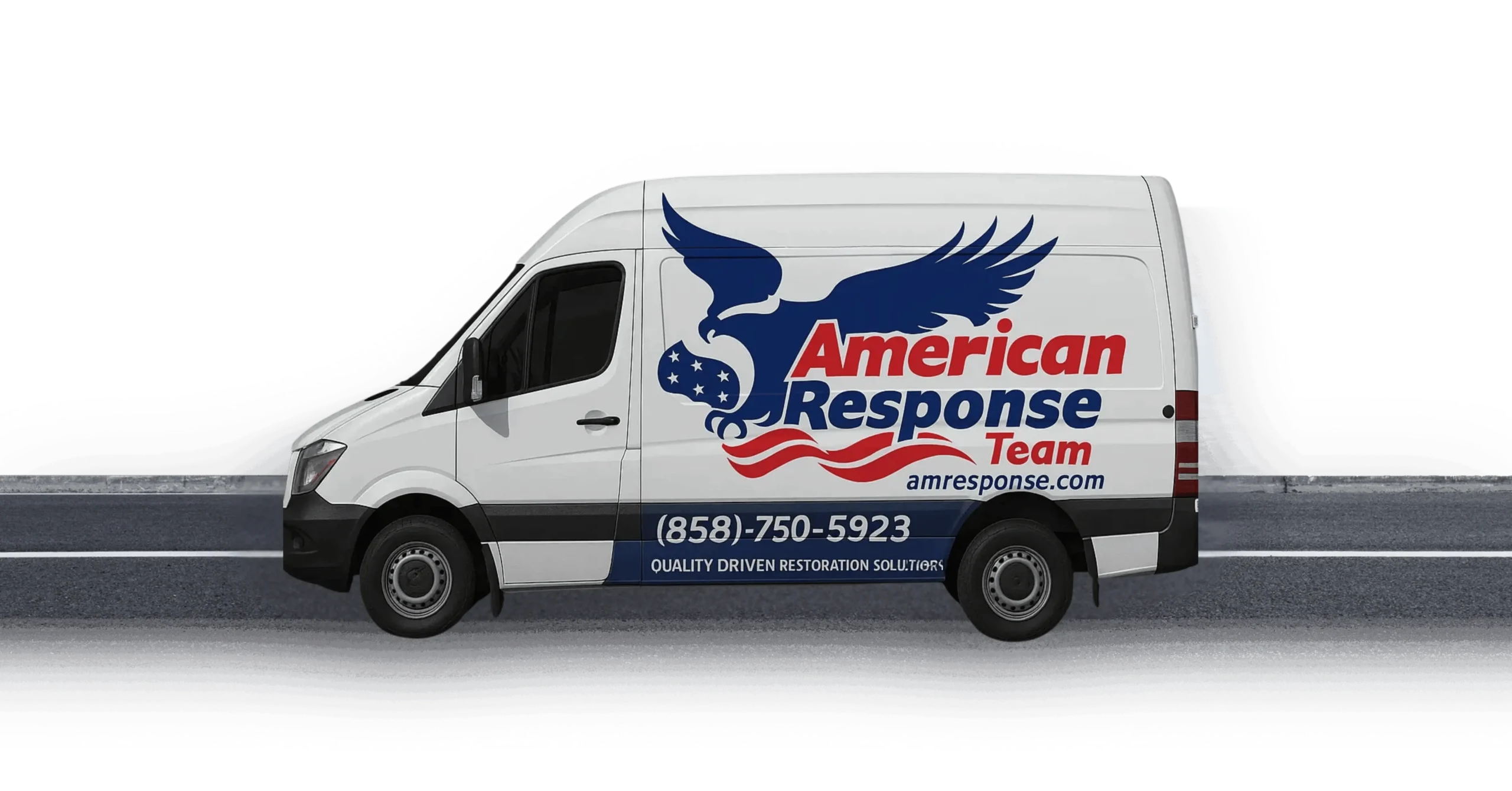Water damage is something that no homeowner wants to face, but unfortunately, it’s a common problem that can happen to anyone. Whether it’s due to a burst pipe, a leaky roof, or a flood, the effects of water damage can be devastating. Not only does it leave your belongings ruined, but it can also cause mold growth and structural damage if not dealt with immediately. In this article, we’ll explore the steps you can take to salvage your belongings after water damage and get your home back to its pre-damaged state.
Assessing the Damage
The first step in salvaging your belongings after water damage is to assess the extent of the damage. This will help you determine what can be salvaged and what needs to be discarded. Begin by inspecting the affected areas and making a list of all the damaged items. Take photos of the damage and document any details that might be helpful for insurance purposes.
It’s important to take safety precautions when assessing the damage. Make sure the power is turned off before entering any flooded areas, as water and electricity are a dangerous combination. Wear protective gear such as gloves, boots, and a mask to protect yourself from harmful bacteria and mold spores.
Once you’ve assessed the damage, prioritize which items need to be salvaged first. Furniture, electronics, and important documents and photographs should be at the top of the list.
Salvaging Furniture
Furniture is often the most expensive and sentimental item in a home, so it’s important to salvage it if possible. The first step in salvaging furniture is to remove it from the affected area and place it in a dry, well-ventilated space. If the furniture is upholstered, remove any cushions and pillows and set them aside to dry separately.
Next, remove any excess water from the furniture using a wet/dry vacuum or towels. Be careful not to rub the fabric, as this can damage it further. If the furniture has wooden legs, prop it up on blocks or aluminum foil to prevent it from absorbing moisture from the floor.
Once the furniture is dry, assess any damage that has occurred. If the wood has warped or the fabric is stained, you may need to call a professional to repair it. If the damage is minor, you can clean and disinfect the furniture using a mixture of water and vinegar or a commercial disinfectant. Be sure to test any cleaning solution on a small, inconspicuous area first to avoid causing further damage.
Salvaging Electronics
Electronic devices such as televisions, computers, and smartphones are especially vulnerable to water damage. If your electronics have been submerged in water, do not turn them on as this can cause irreparable damage. Instead, remove the battery and any other removable parts and place them in a dry, well-ventilated space.
Next, dry the electronic device using a soft, absorbent cloth. Avoid using a hairdryer or other heat source, as this can cause further damage. Once the device is dry, assess any damage that has occurred. If the device is still not working, you may need to take it to a professional for repair.
To prevent future water damage to your electronics, make sure to keep them away from areas where water is present. If you live in an area prone to flooding, consider elevating your electronics off the ground or storing them in waterproof containers.
Salvaging Documents and Photographs
Important documents and photographs are often the most irreplaceable items in a home. If your documents or photographs have been damaged by water, act quickly to salvage them. Begin by laying them out on a flat surface and gently separating them to prevent them from sticking together.
Next, dry the documents and photographs using a soft, absorbent cloth. Be very gentle when handling them, as they are fragile and can easily tear. If the damage is minor, you can try to flatten them using a heavy object such as a book. If the damage is more severe, you may need to call a professional document restoration service.
To prevent future water damage to your documents and photographs, store them in waterproof containers or keep copies of important documents in a secure, off-site location.
Drying Out Your Belongings
Once you’ve salvaged your belongings, it’s important to dry them out as quickly as possible to prevent mold growth. Begin by opening windows and doors to increase ventilation in the affected area. Use fans and dehumidifiers to circulate air and remove excess moisture.
If you have carpets or rugs that have been affected by water damage, remove them from the area and take them outside to dry in the sun. If the damage is minor, you can clean and disinfect the carpet using a mixture of water and vinegar or a commercial disinfectant. Be sure to test any cleaning solution on a small, inconspicuous area first to avoid causing further damage.
Cleaning and Disinfecting Your Belongings
After you’ve dried out your belongings, it’s important to clean and disinfect them to prevent mold growth and bacterial contamination. Use a mixture of water and vinegar or a commercial disinfectant to clean and disinfect all surfaces and items that have been affected by water damage. Be sure to wear gloves and a mask when handling contaminated items.
If there is mold growth on any of your belongings, it’s important to address it immediately. Mold can cause serious health problems, especially for those with allergies or respiratory issues. Use a mixture of water and bleach or a commercial mold remover to clean and disinfect any areas affected by mold. Be sure to wear protective gear such as gloves and a mask when handling mold.
When to Call a Professional
While you can do a lot to salvage your belongings after water damage, there are some situations where you should call a professional. If the damage is extensive, or if there is mold growth, it’s best to call a professional restoration service. They have the knowledge and tools necessary to safely and effectively restore your home and belongings.
Preventing Future Water Damage
Once you’ve salvaged your belongings and restored your home, it’s important to take steps to prevent future water damage. Regularly inspect your home for leaks or other sources of water damage, such as a leaky roof or a malfunctioning sump pump. Keep gutters and downspouts clear of debris to prevent water from backing up and causing damage.
Consider installing a backup sump pump or a water alarm to alert you to potential water damage. If you live in an area prone to flooding, consider elevating your appliances and furniture off the ground or installing flood barriers around your home.
Conclusion
Water damage can be a stressful and overwhelming experience, but with the right knowledge and tools, you can salvage your belongings and recover from the damage. Remember to prioritize safety when assessing the damage, and take steps to dry out and disinfect your belongings as quickly as possible to prevent mold growth. If the damage is extensive, or if there is mold growth, it’s best to call a professional water damage restoration service. And finally, take steps to prevent future water damage by regularly inspecting your home and installing preventative measures such as backup sump pumps or flood barriers. With these tips, you can salvage your belongings and get your home back to its pre-damaged state.

